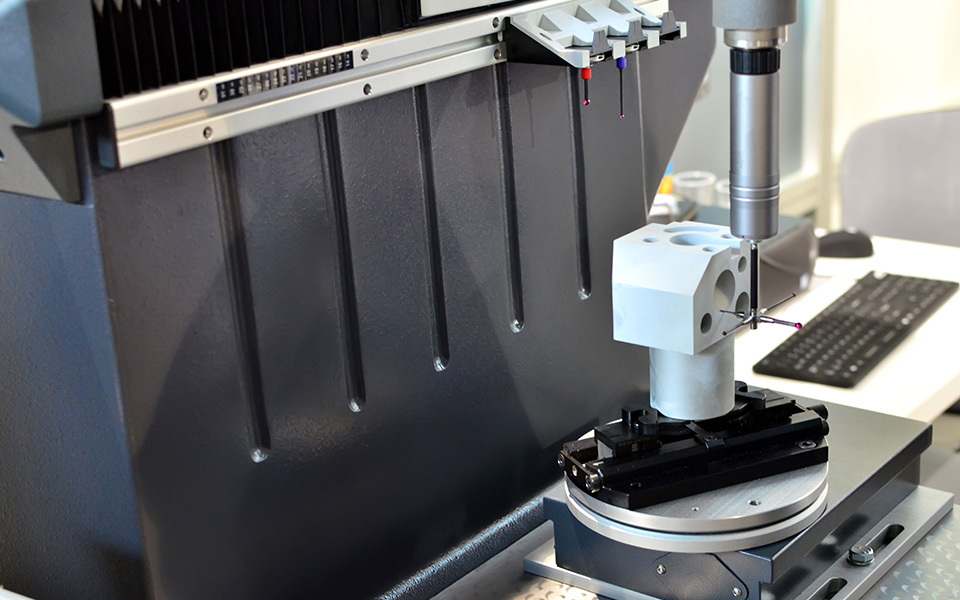Huayongcheng
Xiamen Huayongcheng Automation Equipment Co., Ltd.
Xiamen Huayongcheng Automation Equipment Co., Ltd. is mainly engaged in the production and research and development of high-tech ceramics. The company has introduced large-scale isostatic pressing equipment and warm tunnel kiln resources, and has a group of experienced and R & D teams. At the same time, it has the production equipment and perfect quality control system, and has the ability to process large-scale structural ceramic parts and ceramic parts. The company's products are widely used, with rich specifications and colors (white, black, yellow, red, gray, etc.), and the product materials are 75%, 85%, 95%, 97% to 99.8 of high purity alumina ceramics. Talc porcelain; Oxidation bowl textile ceramics (conductive porcelain); Leather bluestone ceramics; Wrong ceramic parts, etc. At present, the development and production of various high-tech ceramic products involving electric power, metallurgy, petroleum......

Company Founded
On-the-job staff
Building area
Sales Area


rich experience
Years of industry experience, to provide customers with perfect, diversified personalized service


Quality inspection
Strong technology, excellent quality, high quality service has been unanimously praised by customers


Service Support
We listen to the voice of customers, customer satisfaction is the standard of product quality inspection.
APPLICATION

Semiconductor Applications
Have a qualified, experienced backbone; have a dynamic, innovative, enterprising, close cooperation team
Electronic Packaging
Photovoltaic industry
3C electronic
Rubber industry

Medical industry
Have a qualified, experienced backbone; have a dynamic, innovative, enterprising, close cooperation team







